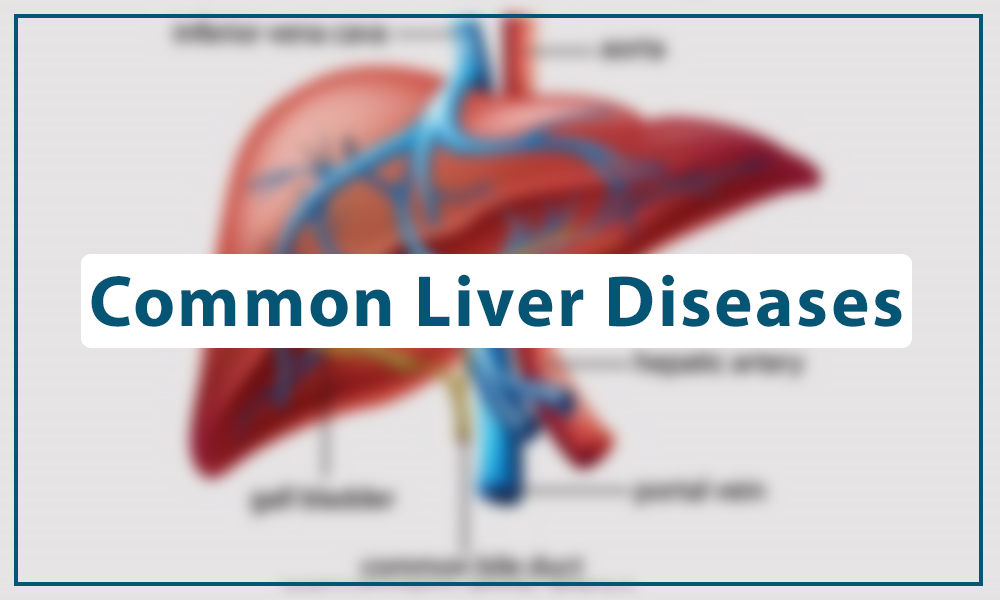Aslamo Alicum sir I am Dr. Ali Hasan Radiology Specialist from Bahawalnagar.
Sir, I have three questions.
What is the survival rate of pancreatic cancer?
We read that the entire pancreas is not removed.
So I want to know that
What is the percentage survival rate after medication and surgery?
My second question is should it be corrected with medication or is it better to go for a liver transplant in the beginning? Some experts say that a liver transplant may be the best solution if the liver is headed for failure in the beginning.
Can it be treated medically for some time?
My third question is
Many slim people have also been found to suffer from fatty liver and it is also the case that many obese people do not suffer from fatty liver.
My question is that it is definitely linked to Leopard’s profile.
But what percentage does it measure that the cholesterol is high?
Sir, I have a friend who recently had dengue which started his ALT to rise.
Liver-related symptoms will not be found in the patient.
Will he need a protective agent to increase his platelets or not?
Thank you very much doctor I will try to explain it briefly.
Liver cancer is considered among the most dangerous cancers Unfortunately, 80 to 85 percent of patients are diagnosed with this cancer when they have advanced to stage four.
So in this case the chance of survival can be up to 3 months without chemotherapy and 9 months with chemo and up to one and half years at most.
Patients with early-stage liver cancer may have their liver removed.
In summary, it is dangerous cancer and is curable if diagnosed at an early stage.
Early diagnosis occurs in 10 to 15 percent of patients and surgical resection is the only ray of hope
Early stage means the cancer is limited to the pancreas and can be surgically removed.
Your second question was related to Bud Carrey Syndrome which is very common in Pakistan
There are three different types of treatment for this type of patient.
Patients with bud carriers eventually require liver transplantation



